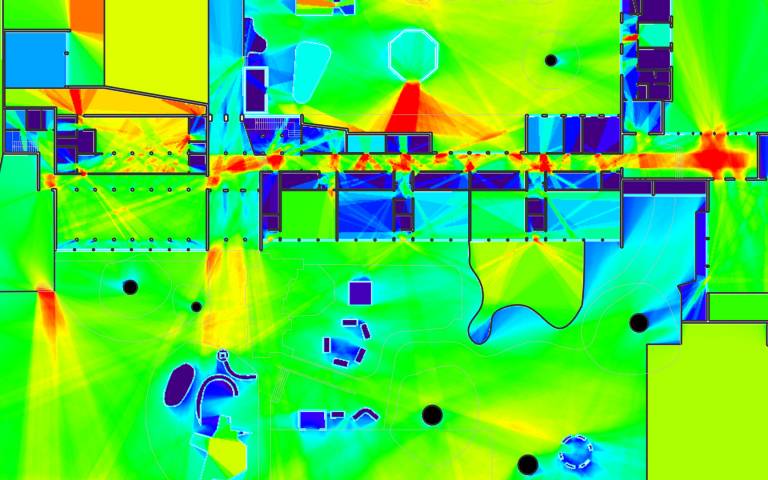 Research
Research

Subject
The Influence of Spatial Organisation on Children’s Play
First and second supervisors
- Dr Kerstin Sailer
Dr Ed Baines
Abstract
This interdisciplinary research project lies at the intersection of architecture, educational studies and psychology. It explores the architectural form and spatial configuration of primary schools and examines their impact on children’s movement and play. The study aims to investigate the relationship between spatial organisation and play by understanding how spatial design affects who children come across, meet, and play with in primary schools. Moreover, how children see, act and move about in the space is quite different from adults, nevertheless just as important. Thus, another aim of this research is to explore how children develop an understanding of space and make use of it for their play.
Spaces that we live in and use every day affects how we behave and interact with each other. The layout of a building plays a role in mediating relationships inside it. Therefore, the main proposition of this study is that the configuration and spatial design of a school building impact children’s interactions. Considering play is the major social interaction between children, this project suggests that children’s learning experience could be better understood by analysing their spaces of play in school buildings. The main question underpinning this research is: How do the quality and configuration of the play areas and their location on the school grounds affect children’s playing patterns? To what extent do the configurations of indoor and outdoor spaces of primary schools facilitate play interactions among students?
Furthermore, the most persistent property of play is being autotelic and voluntary. These can be interpreted as play, in essence, is an activity that is freely chosen and has means and ends in itself. Therefore, it can be said that play requires spaces to be free inside and act immanently. Then, the question here is, how can a controlled environment like a primary school support play? Is play only limited to certain areas on the school grounds and if so, is a highly integrated, fully equipped playground enough?
Biography
Mine studied Architecture at Istanbul Technical University, then completed her Architectural History MA at The Bartlett School of Architecture, UCL. Currently, she is a PhD student at the Space Syntax Laboratory at The Bartlett.
Mine has worked in architectural practices and universities in Istanbul, as an architect and a researcher. Her research interests are broadly around the social implications of spatial organisations, and specifically concern the impact of school playgrounds on children’s play and peer interactions.
Links
Image: by Mine Sak Acur
 Close
Close

